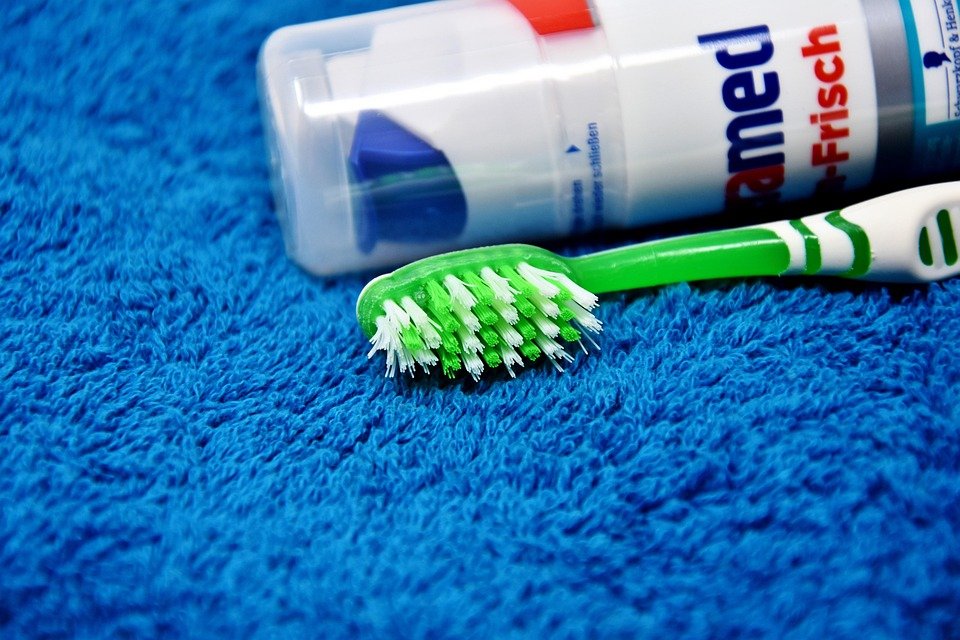What are the best eco-friendly mouthwash alternatives
I’m trying to be more conscious about the waste I’m producing, especially with my daily routine. I currently use a traditional mouthwash, but the plastic bottles are piling up, and I’m sure the ingredients aren’t great for the environment either.
So, what are the best alternatives to traditional mouthwash that are better for the planet? I’m thinking about things like less plastic packaging, sustainable ingredients, maybe even DIY options? I’m also curious about effectiveness – I want something that will still keep my breath fresh and my gums healthy. Are there any specific brands or ingredients I should be looking for or avoiding? Bonus points if it’s readily available and not super expensive!
Answer
Eco-friendly mouthwash alternatives prioritize natural ingredients, sustainable packaging, and minimal environmental impact. Here are several options, categorized by their key ingredients and benefits:
1. Saltwater Rinse:
- Ingredients: Water, sea salt or Himalayan pink salt.
- Benefits: Simple, inexpensive, and effective for reducing inflammation, killing bacteria, and promoting healing of minor oral wounds. Salt draws fluid out of tissues, reducing swelling and creating an inhospitable environment for bacteria. It’s gentle and doesn’t contain harsh chemicals.
- Drawbacks: Taste can be unpleasant for some, and it doesn’t offer the breath-freshening power of mint-based mouthwashes.
2. Baking Soda Rinse:
- Ingredients: Water, baking soda (sodium bicarbonate).
- Benefits: Neutralizes acids in the mouth, helping to prevent cavities and freshen breath. Baking soda is also mildly abrasive, which can help remove surface stains.
- Drawbacks: Can have a slightly salty or alkaline taste. Prolonged or excessive use might disrupt the natural pH balance of the mouth.
3. Hydrogen Peroxide Rinse (Diluted):
- Ingredients: Water, 3% hydrogen peroxide (diluted).
- Benefits: Powerful antiseptic, effective for killing bacteria and whitening teeth. It can help treat minor gum irritation and reduce plaque buildup.
- Drawbacks: Must be diluted properly to avoid irritation. Swallowing can be harmful. Not recommended for long-term use. May cause temporary tooth sensitivity. The concentration should typically be 1.5% or lower when used as a rinse.
4. Herbal Mouthwashes:
- Ingredients: Water and infusions or extracts of herbs like peppermint, spearmint, tea tree oil, eucalyptus, clove, chamomile, calendula, sage, or aloe vera.
- Benefits: Each herb offers specific benefits. Peppermint and spearmint freshen breath. Tea tree oil is antibacterial and antifungal. Eucalyptus has antiseptic properties. Clove is a natural analgesic and antiseptic. Chamomile and calendula soothe inflammation. Sage is antiseptic and astringent. Aloe vera promotes healing.
- Drawbacks: Effectiveness depends on the concentration and quality of the herbs used. Some individuals may be allergic to certain herbs. Requires preparation or sourcing of high-quality ingredients.
5. Oil Pulling:
- Ingredients: Coconut oil, sesame oil, or olive oil.
- Benefits: An ancient Ayurvedic practice involving swishing oil in the mouth for 10-20 minutes. Claims include reducing bacteria, whitening teeth, improving gum health, and detoxifying the mouth.
- Drawbacks: Requires a significant time commitment. The texture of oil can be unpleasant for some. Not a substitute for brushing and flossing. Scientific evidence supporting all claims is limited.
6. Commercial Eco-Friendly Mouthwashes:
- Ingredients: Varies, but typically includes plant-based ingredients, essential oils, and natural sweeteners. Look for products free from alcohol, artificial colors, flavors, and preservatives.
- Benefits: Convenient, readily available, and often formulated to address specific oral health needs (e.g., sensitive teeth, gum health). Many brands use recyclable or biodegradable packaging.
- Drawbacks: Effectiveness can vary. Some "natural" mouthwashes may still contain ingredients that some individuals prefer to avoid. Pricing can be higher than conventional mouthwashes. Read labels carefully to ensure the ingredients align with your preferences.
7. DIY Mouthwash Tablets or Powders:
- Ingredients: Baking soda, xylitol, essential oils (peppermint, tea tree, etc.), and other natural ingredients.
- Benefits: Customizable, allows control over ingredients, and reduces packaging waste. Tablets are convenient for travel.
- Drawbacks: Requires preparation and a reliable recipe. The consistency and taste may require some experimentation to perfect. Proper storage is necessary to prevent clumping or spoilage.
Packaging Considerations:
- Glass Bottles: Infinitely recyclable and a more sustainable option than plastic.
- Concentrated Formulas: Reduce the amount of packaging needed.
- Refill Options: Some brands offer refill programs to minimize waste.
- Biodegradable or Compostable Packaging: Look for packaging made from plant-based materials that can break down naturally.
Overall Considerations When Choosing an Eco-Friendly Mouthwash Alternative:
- Ingredients: Prioritize natural, plant-based ingredients and avoid artificial colors, flavors, sweeteners, and preservatives.
- Effectiveness: Consider your specific oral health needs (e.g., gum health, teeth whitening) and choose an alternative that addresses those needs.
- Taste and Texture: Experiment to find an alternative that you find palatable and comfortable to use regularly.
- Packaging: Opt for products with minimal, recyclable, or biodegradable packaging.
- DIY vs. Commercial: Consider your time commitment and comfort level with preparing your own mouthwash.
- Consultation with a Dentist: Discuss any concerns or questions with your dentist, especially if you have specific oral health conditions.
It is important to remember that while eco-friendly mouthwash alternatives can be beneficial, they are not a substitute for regular brushing and flossing. A comprehensive oral hygiene routine is essential for maintaining healthy teeth and gums.

Post Comment